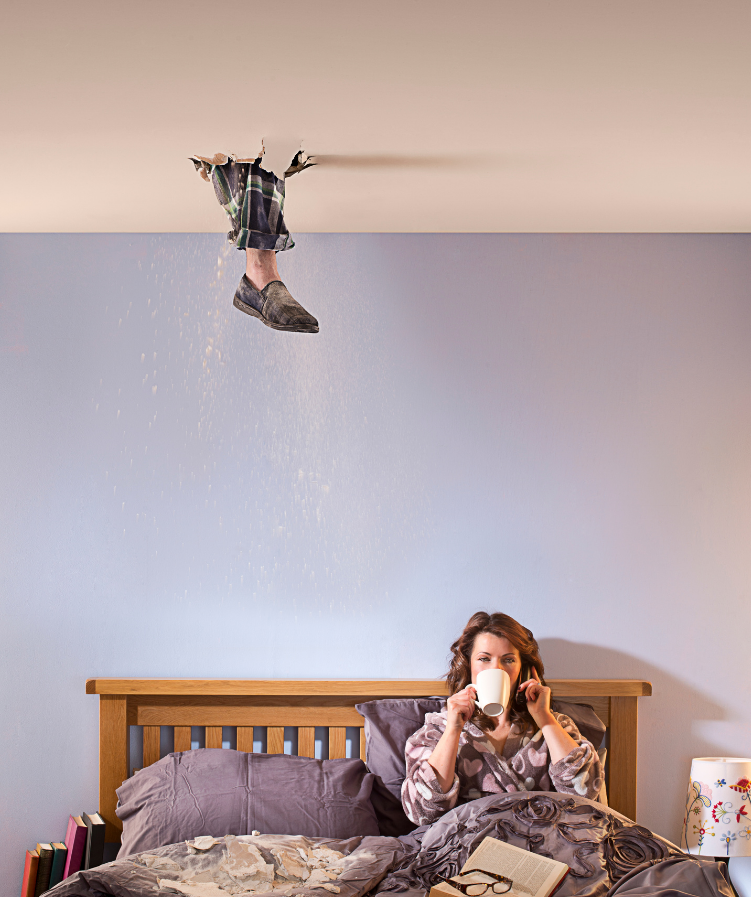Common Costly Mistakes of DIY Insulation

DIY insulation can be a cost-effective way to improve the energy efficiency of your home, but there are some common mistakes that people make during the process. These mistakes can reduce the effectiveness of the insulation or even cause potential safety hazards. Here are some of the most common mistakes of DIY insulation:
1. Inadequate insulation thickness: Using insulation that is too thin or not providing enough layers can result in insufficient thermal resistance (R-value) and reduce the overall effectiveness of the insulation.
2. Gaps and voids: Failing to properly seal gaps and voids can lead to air leakage, reducing the insulation's efficiency and potentially allowing moisture or pests to enter your home.
3. Compression of insulation: Overstuffing insulation into tight spaces, such as attics or walls, can compress the material and reduce its ability to trap air, compromising its insulating properties.
4. Incorrect insulation type: Using the wrong type of insulation for a specific area, such as using batt insulation in a place better suited for blown-in insulation, can lead to reduced performance.
5. Ignoring safety precautions: DIY insulation can involve handling potentially hazardous materials, such as fiberglass or asbestos (in older homes). Ignoring safety measures, such as wearing proper protective gear, can put your health at risk.
6. Blocking vents and soffits: Improper installation of insulation can block essential vents and soffits, leading to poor air circulation and potential issues like moisture buildup and mold growth.
7. Overlooking electrical and plumbing elements: Failing to work around electrical wires, outlets, and plumbing pipes properly can create fire hazards or interfere with the functionality of these systems.
8. Poor air sealing: Insulation works best when combined with proper air sealing. Neglecting to seal gaps, cracks, and openings can reduce the insulation's effectiveness by allowing air to pass through.
9. Vapor barrier placement: Misplacing or omitting a vapor barrier can lead to moisture problems, including condensation and mold growth within the insulated area.
10. Skimping on quality materials: Opting for cheap or low-quality insulation materials may save money initially, but they might not perform as well or have a shorter lifespan, resulting in higher long-term costs.
To avoid these mistakes, it's essential to do thorough research, follow manufacturer guidelines, and consider seeking advice from professionals if you're uncertain about any aspect of the DIY insulation process. Remember, proper insulation can significantly improve energy efficiency, reduce utility bills, and enhance your home's comfort, so it's worth taking the time to do it right.
Contact Koala Insulation of Gateway East & West for a free evaluation to learn more about how we can help you improve your energy efficiency with cost-effective materials. By hiring a Koala Insulation expert, you not only get to enjoy a more efficient home faster, but you also get to benefit from the years of energy savings that professionally installed insulation will bring.
Find Your Location


Get a quote


